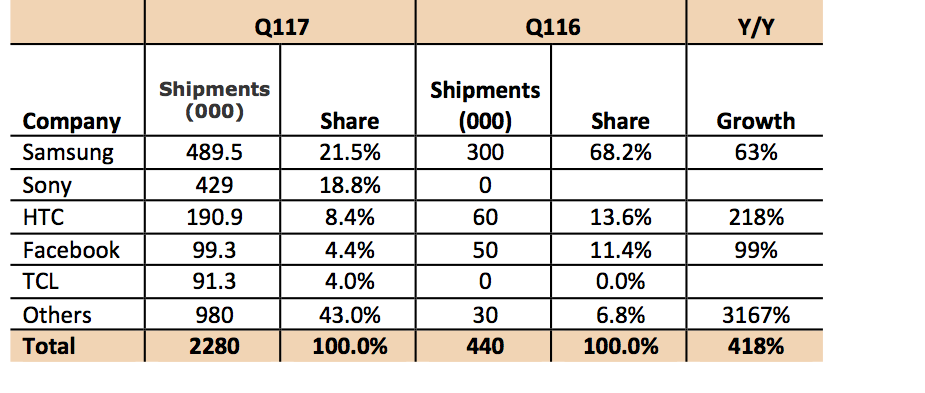|
Microsoft Developing Mixed Reality Product
June 26, 2017 While Sony, Oculus, and HTC have been bullish on virtual reality and have already released consumer-level headsets built to play today’s games, Microsoft is taking a different approach. Using elements of virtual reality with augmented reality, such as with its HoloLens device, the company is creating its own system dubbed “mixed reality.” Just don’t expect to be able to use it for at least the next five years. Speaking with Time Magazine, Xbox chief Phil Spencer revealed that to get a consumer-level mixed reality device with wireless technology, Xbox and Windows 10 fans are in for a long wait, perhaps as much as five to 10 years. “I love that we did HoloLens, not because I think everybody should go buy a $3,000 HoloLens,” Spencer said. “It wasn’t made for everything, we’ve said that, it’s a developer kit. Now we’re doing kind of the other end with Windows Mixed Reality and $299 with OEM partners. But even then, with all these cables hanging off the back of your head, especially in a family room environment, that’s hard.” Spencer reiterated, however, that Microsoft’s virtual or mixed reality technology will first come to Windows 10 PCs, as that user base has been more willing to accept the peripherals than console players have been. However, Sony’s PlayStation VR headset has performed fairly well thus far. Earlier this month, Sony revealed that it had sold a million of the devices already, which appears to be higher than the initial sales of the Oculus Rift and the HTC Vive. Its $400 price point was also undoubtedly a contributing factor, as its competitors are priced at $600 and $800, respectively. The latest Xbox console, Xbox One X, seems to be perfect for virtual reality. With enough horsepower to play games in native 4K resolution and 60 frames per second across compatible titles, it will be the most powerful console ever released when it launches on November 7. The device will be available for pre-order once it has been approved by the United States Federal Communications Commission. IDC reports that VR headset shipments reached 2.28m up a whopping 418% Y/Y. Table 1: Q117 VR Headset Shipments, Share and Growth Source: IDC
IDC also boldly predicted that by 2021, AR shipments would reach 24.5m and VR shipments would hit 67.1m. These are growth rates comparable to the early days of smartphones and it seems like a quite a stretch for products that require a new form factor for our eyes. Table 2: 2021 VR Headset Shipments, Share and CAGR Source: IDC
|
Vertical Divider
|
|
Contact Us
|
Barry Young
|


